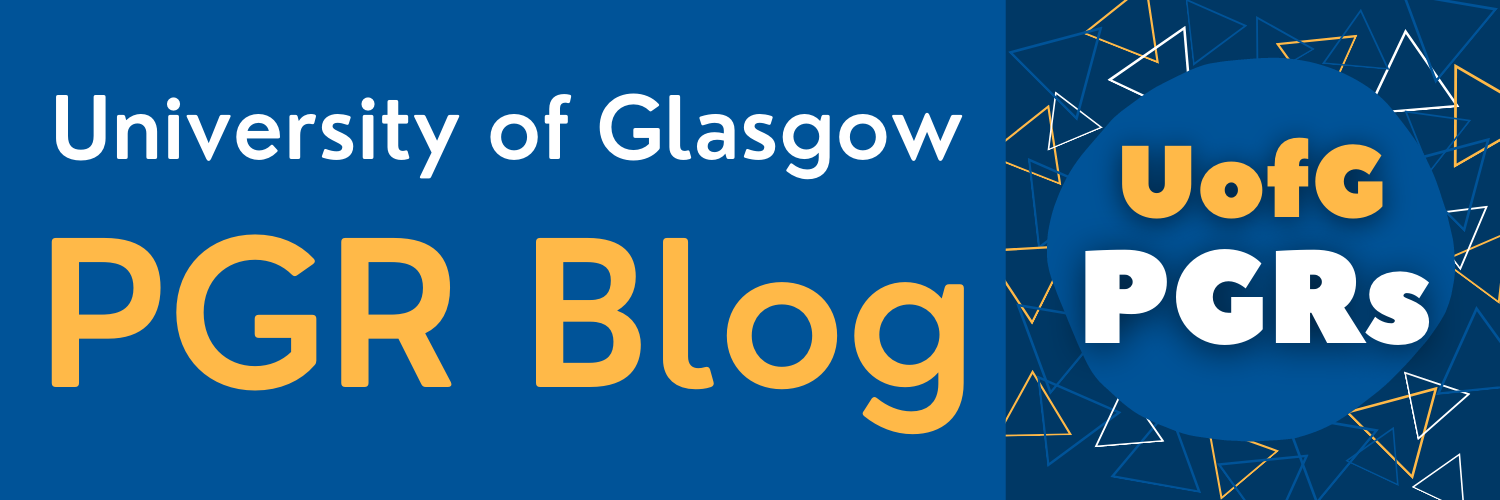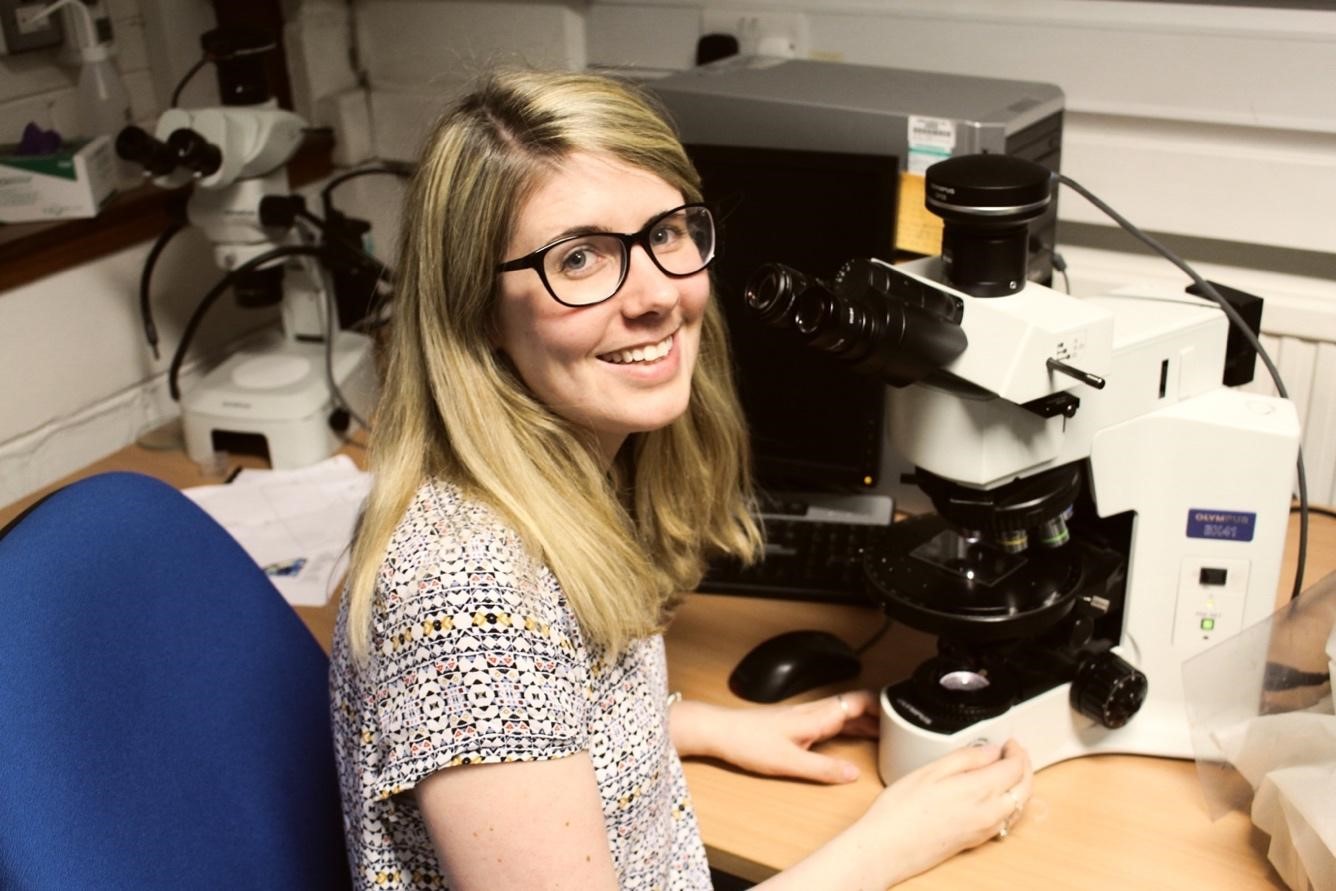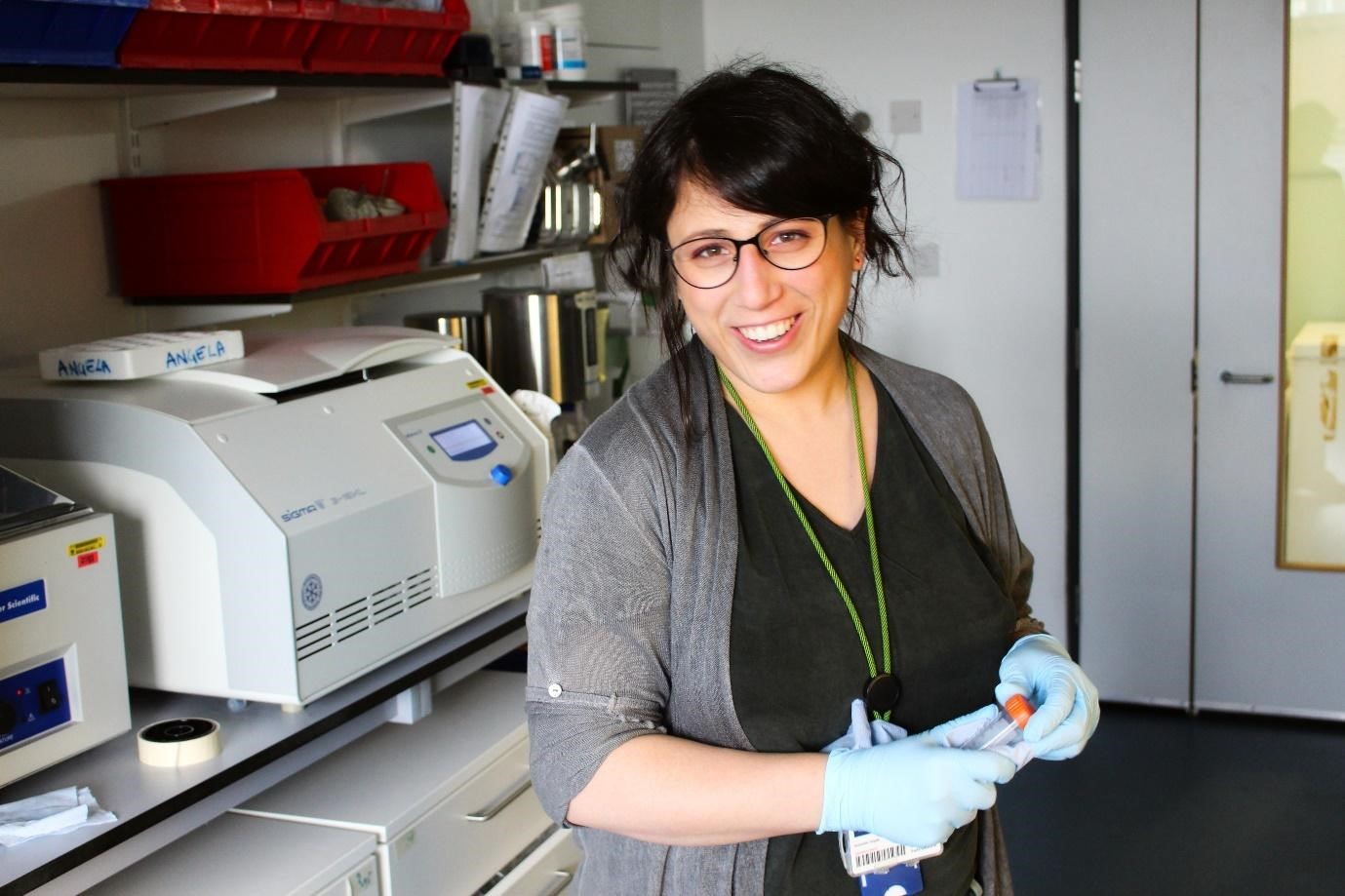A woman’s place is in the lab!
This is a guest post from Anna Henschel. In this post, Anna introduces us to some fantastic women working in STEM, and their research, here at UofG.
Close your eyes and imagine a hard-working scientist in the lab. The scientist is sitting amongst some books and flasks, scribbling away in a worn-out looking notebook. How would you describe this scientist to me? If the first image that popped into your head was a young woman in a lab coat, give yourself some feminist karma points before you continue reading.
Recently, when the hashtag “bad stock photo of my job” was trending on Twitter, it quickly became obvious that especially female scientists were either mis- or underrepresented. This is extremely unfortunate, given the crucial role women have in science, in the past as well as today.
While there are now some promising initiatives in place, such as the Athena SWAN Charter and Ingenious Women Scotland, which promote gender balance and aim to empower women in STEM, we still have a long way to go until we can accomplish full gender equality in higher education.
Dr Chaona Chen
Image credit - Anna Henschel
Until then, I want to take you along to the labs of three inspirational scientists, here, at the University of Glasgow.
Dr. Chaona Chen is a postdoctoral researcher in the lab of Professor Rachael Jack. Her research is mainly focused on 3D dynamic facial expressions, cross-cultural communication and social robots. During her PhD, she conducted research on conversational facial expressions. These are the expressions you make when you are trying to signal to someone that you are interested in hearing more, or that you are confused about something they said. In her research, she found some interesting cultural differences, when it comes to conversational facial expressions. You can read more about her insights on the UofG webpages. Interestingly, Dr. Chen takes a very data-driven approach to analyse facial expressions, and in a next step, she is implementing these natural facial dynamics on social robots, such as FurHat. When I asked her, what she loves most about working as a scientist, she said:
“I think it is the part that you are always on the edge of the unknown. Although it is a very tiny, tiny white spot on the map, when you are doing experiments, you can’t be sure what the outcome will be. This is the fun and the painful part, because you have to live in uncertainty. But I think getting a positive or negative result is not what’s really important. The important thing is that you feel like you are exploring something new, that you are pushing the boundary of knowledge a bit. This is the part that I like most about being a researcher."
You can find out more about Dr. Chaona Chen’s research on her website and via Twitter.
Aine O'Brien
Image credit - Anna Henschel
Next, we meet Aine O’Brien, a second year PGR. Her fascinating research is concerned with analyzing tiny organic blobs encapsulated in meteorites, which originate from the mantle of Mars. To understand what materials these Martian meteorites consist of, and to look for the organic compounds, she uses RAMAN spectroscopy and particle accelerators, which help her determine even the smallest components. Eventually, she wants to investigate the mechanisms involved in the carbon cycle on Mars. Understanding carbon reservoirs and the carbon cycle on Mars will help us find out where we should best look for evidence of life. When I asked her, how she got interested in science, she told me:
Aine O’Brien
Image credit - Anna Henschel
“I’ve always really loved space, it has been my passion, since I was about 15. I really wanted to be an astronaut when I was a kid. But then I realized I get really bad motion sickness, so it wouldn’t work out with me going to space. […] At the time I thought I wanted to be a teacher. So, I taught high school physics for three years. During that time, I went to a workshop for teachers at the European Space Agency. One of the speakers was a guy, whose job it is to decide where they are going to land on Mars to explore it and to find evidence of life. He talked about how they made that decision based on the things they knew about the surface of Mars. And I was like, oh man, I actually miss learning new stuff! I love teaching, because you can get really excited about science all the time, but I wanted to be excited about my own science, and learn new stuff.”
You can find out more about Aine’s work on her UofG webpage and and via Twitter.
Finally, we meet Angela Ianniciello, a third year PGR, working at the Wolfson Wohl Cancer Research Centre. Angela is investigating how to treat chronic myeloid leukemia. This is a specific type of cancer, that affects the white blood cells and progresses continuously over time. Angela explains, that there is actually already a well-working treatment in place for this type of cancer, but the downside of this drug is that patients have to take it for the rest of their lives. Angela is interested in attacking the source of the cancer: the leukemic stem cells in the bone marrow, that give rise to all the cells in the blood. She is now testing drugs that target stem cells that engage in autophagy, a survival mechanism, which is initiated when the cells are stressed. By targeting these cells, she hopes to find a way to destroy the root of the cancer.
Angela Ianniciello
Image credit - Anna Henschel
I asked her what advice she would give other junior PGRs:
“Be really organized. That’s really important in science. Be really organized and plan your experiments properly. But also enjoy it- it’s fun. Stop working like crazy all the time, try to travel, connect with people. Science is not only about conducting experiments, you can do a lot of things!”
You can find out more about Angela’s work via Facebook and her lab’s website.
Angela Ianniciello
Image credit - Anna Henschel
Thank you Chaona, Aine and Angela for inviting me to your labs and talking to me about your research!
***
Want to share your PGR experiences with us? As ever, let us know via the comments below or Tweet us @UofGPGR_blog. We'd love to hear from you!
Anna Henschel
Image- author's own
Anna (@AnnaHenschel) is a PhD candidate at the University of Glasgow, where she is investigating social interactions with robots. In addition to science, she is passionate about photography, travelling to exotic countries and all things cinema.










